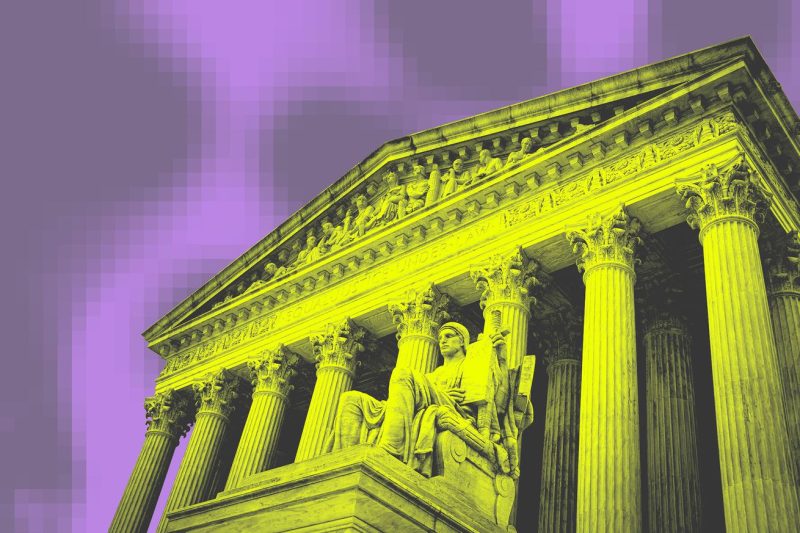The recent surge in online activities due to the COVID-19 pandemic has highlighted a significant digital divide in America, particularly in terms of access to affordable broadband internet services. The debate over how to bridge this gap has reached a critical juncture, as the fate of America’s low-income broadband fund is now in the hands of the Supreme Court.
The case before the Supreme Court revolves around the legality of the Federal Communications Commission’s (FCC) decision to allocate $3.2 billion from the government’s Universal Service Fund (USF) to help low-income households access broadband services. This fund, known as the Lifeline program, was established to provide discounted phone and internet services to low-income individuals, ensuring they can stay connected in today’s increasingly digital world.
Opponents of the FCC’s decision argue that the agency exceeded its authority by reallocating funds without proper authorization from Congress. They contend that such decisions should be made through legislative action, not bureaucratic fiat. On the other hand, supporters of the move emphasize the urgent need to address the digital divide and provide essential services to marginalized communities.
At the heart of this dispute lies a fundamental question about the role of government in promoting digital equity. Should the government intervene to ensure that all Americans, regardless of income level, have access to reliable internet services? Or should the private sector be left to address these disparities through market mechanisms?
Proponents of the FCC’s action point to the increasing reliance on the internet for education, employment, healthcare, and social services. They argue that access to broadband is no longer a luxury but a necessity, especially for low-income households struggling to make ends meet. By subsidizing broadband services for these households, the government can help level the playing field and empower individuals to participate fully in the digital economy.
However, opponents raise concerns about the potential for government overreach and inefficiency in managing such programs. They argue that instead of relying on taxpayer-funded subsidies, efforts should be made to incentivize private investment in underserved areas through market-based solutions. By promoting competition and innovation, the private sector can drive down costs and expand access to broadband services more effectively than government intervention.
As the Supreme Court deliberates on this case, the outcome will have far-reaching implications for the future of America’s digital infrastructure. The decision will not only impact the millions of low-income households currently relying on Lifeline support but also shape broader debates about the role of government in promoting digital equity.
Ultimately, bridging the digital divide is a complex challenge that requires a multifaceted approach involving collaboration between government, private sector stakeholders, and community organizations. While the fate of America’s low-income broadband fund remains uncertain, it is clear that addressing this issue is essential to ensuring a more inclusive and connected society for all.




























